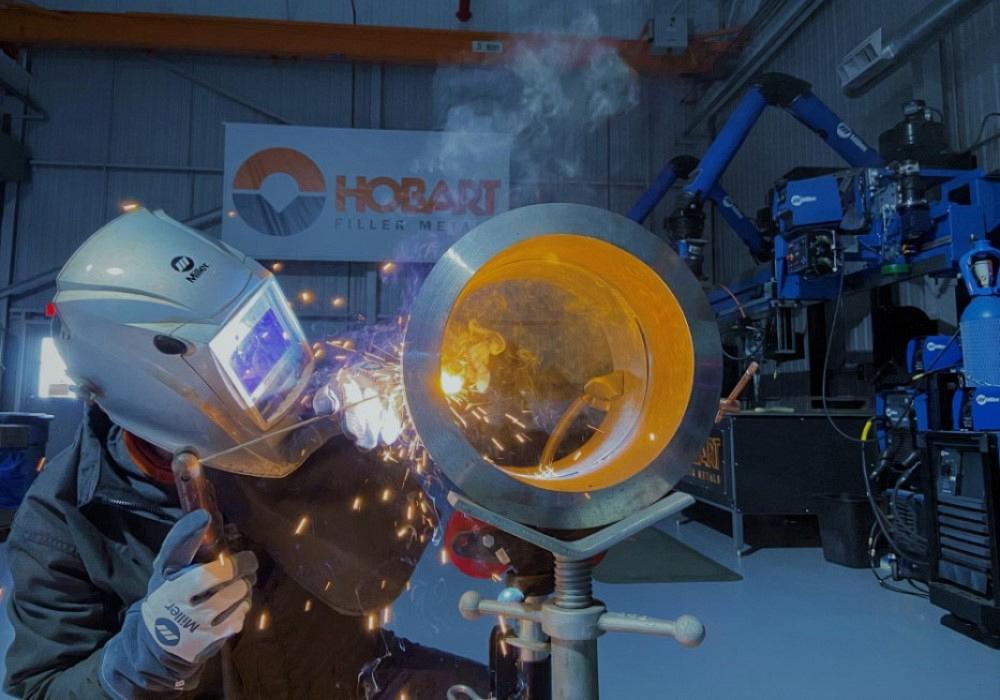Complete Guide to Preventing Weld Undercut: Tips and Techniques
Necessary Tips for Welders: Protecting Against Undercut Welding and Ensuring Stronger Weld Joints
In the realm of welding, achieving long lasting and strong weld joints is the cornerstone of producing high-quality job. One typical challenge that welders often encounter is undercut welding, which can endanger the stability of the weld joint.

Understanding Undercut Welding
Undercut welding is a typical welding defect that happens when the weld steel fails to effectively fill the groove and leads to a groove-like clinical depression along the weld bead. This flaw weakens the weld joint, making it prone to fracturing and failure under anxiety. Damaging can be brought on by different factors, including extreme welding current, high welding speed, inappropriate electrode angle, incorrect electrode size, and bad welding strategy.
Among the main reasons for undercut welding is an inequality in between the welding current and the welding speed. If the welding current is too expensive or the welding rate is also fast, the weld metal may not appropriately fill the groove, resulting in undercutting. Furthermore, making use of an electrode that is also huge can result in a similar outcome, as the excess metal can not appropriately stream right into the groove.
To avoid undercut welding, welders should ensure they are using the appropriate welding specifications, preserve an appropriate electrode angle, select the suitable electrode size, and method appropriate welding methods. By attending to these aspects, welders can lessen the danger of undercutting and produce stronger, more dependable weld joints.
Proper Welding Technique
Efficient welding technique plays a critical function in guaranteeing the top quality and stability of weld joints. One fundamental facet of appropriate welding strategy is preserving the correct angle and range between the welding weapon and the workpiece.
In addition, a constant and constant hand motion is important for developing strong and sturdy weld joints. Welders ought to go for smooth, consistent movements to make sure even distribution of the weld product. Proper adjustment of the welding gun and filler material is additionally essential to attaining optimal infiltration and blend.
Additionally, regulating the heat input and choosing the ideal welding parameters based upon the product being welded are important factors in accomplishing high-quality welds - Preventing weld undercut. Welders ought to comply with the advised settings offered by welding treatment requirements and adjust them as needed based upon the details requirements of the project. By grasping appropriate welding strategies, welders can considerably improve the stamina and integrity of their weld joints
Choosing the Right Electrode
When considering the importance of selecting the best electrode in welding applications,Preserving the right angle and range in between the welding gun and the work surface is basic. The selection of electrode plays an essential role in identifying the high quality and stamina of the weld joint. Electrodes are available in different types, each developed for particular purposes and materials.
Firstly, selecting the ideal electrode size is crucial. Thinner electrodes are ideal for welding slim products, while thicker electrodes are better for thicker materials and higher warmth applications. Matching the electrode size to the thickness of the workpiece aids attain a well balanced weld.
Secondly, understanding the material make-up of the electrode is essential. Various electrodes are created for welding certain materials like steel, stainless steel, light weight aluminum, or cast iron. Making use of the proper electrode product guarantees good fusion and decreases the danger of problems in the weld.
Lastly, considering the welding placement and method is important when choosing the electrode kind. Certain electrodes are better fit for overhanging or upright welding placements, while others work well for level or horizontal placements. Choosing the best electrode based upon the welding method boosts the overall weld top quality and integrity.
Preparing the Base Metal
To make sure an effective welding process, what preliminary actions should be taken when preparing the base steel for welding? Additionally, any type of existing weld product or deposit from previous welding should be eliminated to make sure a tidy surface area for the new weld.

Carrying Out Post-Weld Inspections

After carrying out these evaluations, welders should compare the outcomes against sector requirements and project needs to make certain that the weld joint satisfies all required requirements. Any variances or insufficiencies discovered during the post-weld inspection should be without delay addressed with ideal restorative actions to guarantee the weld's integrity. By vigilantly executing post-weld assessments and promptly attending to any concerns, welders can promote the high quality and reliability of their work, ultimately contributing to the safety and security and longevity of the welded structures.
Conclusion

In final thought, preventing undercut welding and guaranteeing more powerful weld joints need a combination of appropriate welding technique, choosing the appropriate electrode, preparing the base steel correctly, and conducting post-weld evaluations. By understanding the reasons for undercut welding and implementing the necessary precautions, my sources welders can produce high-grade weld joints that satisfy market criteria and make sure the architectural integrity of the welded components.
Undercut welding is a typical welding problem that takes place when the weld steel falls short to appropriately load the groove and results in a groove-like depression along the weld bead (Preventing weld undercut). Damaging can be created by numerous aspects, including extreme welding current, high welding rate, inappropriate electrode angle, inaccurate electrode dimension, and bad welding technique
One of the main visit this web-site reasons for undercut welding is an inequality in between the welding current and the welding rate. If the welding current is too high or the welding rate is too quick, the weld metal may not appropriately fill the groove, leading to undercutting.Maintaining the appropriate angle and distance between the welding gun and the work surface is essential when taking into consideration the relevance of picking the right electrode in welding applications.